Darwin, the capital of the Northern Territory of Australia is a mix of modern and old, where you can experience the city’s history. Situated on Darwin Harbour, this tropical city has seen growth and destruction, and has come out the other side with a city that celebrates the past and looks to the future. From its Aboriginal culture to World War II and Cyclone Tracy, Darwin’s landmarks tell the story of a city that has come out stronger every time. Whether you are interested in social history or just want to see the historical sites, Darwin Tour takes you on a journey through the landmarks that are Darwin.
The Evolution of Darwin City
Origins and Development
Darwin’s history begins with its location on the northern coast of Australia, established in 1869 as Palmerston. But it wasn’t until 1911 that the city was renamed Darwin, after the British evolutionist Charles Darwin, whose theory of evolution had changed the world. Darwin became a city in the late 1800s, mainly because of the gold rush at Pine Creek which brought in a diverse group of immigrants. These immigrants, especially the Chinese community, played a big part in shaping the city’s early economy and infrastructure, a legacy we see today in landmarks like the Chung Wah Society.
It wasn’t all smooth sailing. The city’s remote location and tropical climate meant Darwin was prone to natural disasters, most notably Cyclone Tracy in 1974 which nearly flattened the city. But Darwin bounced back, and today is a modern tropical city with a rich history, Aboriginal culture and as the northern gateway to Australia. The CBD is a mix of historic landmarks and new developments, giving visitors a taste of its journey from frontier settlement to urban metropolis.
The Influence of Charles Darwin
Charles Darwin never set foot in the city named after him but his influence is embedded in the very DNA of Darwin. Famous for his work on evolution, especially his book On the Origin of Species, Darwin’s theory of natural selection is the city’s ability to adapt and survive. This spirit of resilience is seen in Darwin’s recovery from war and natural disasters. Visitors can visit the Charles Darwin National Park, a great place to connect with nature and history. The park is near the airport and has WWII bunkers, mangroves, and views of Darwin Harbour, reminding us of the city’s wartime history and its constant evolution.
Darwin’s Historical Journey
Darwin’s history is everywhere, in its many landmarks, each one telling a story of survival, conflict and recovery. From the remnants of colonial architecture to the haunting remnants of war, Darwin’s historical sites give you a window into the past and allow you to connect with the people and events that shaped this crazy city.
Darwin Military Museum
Located near Darwin Harbour, the Darwin Military Museum gives you a deep dive into the city’s military history, particularly the Japanese air raids during World War II. You can explore interactive displays, watch documentaries and view war memorabilia. The museum explains Darwin’s importance during the war and the people’s resilience.
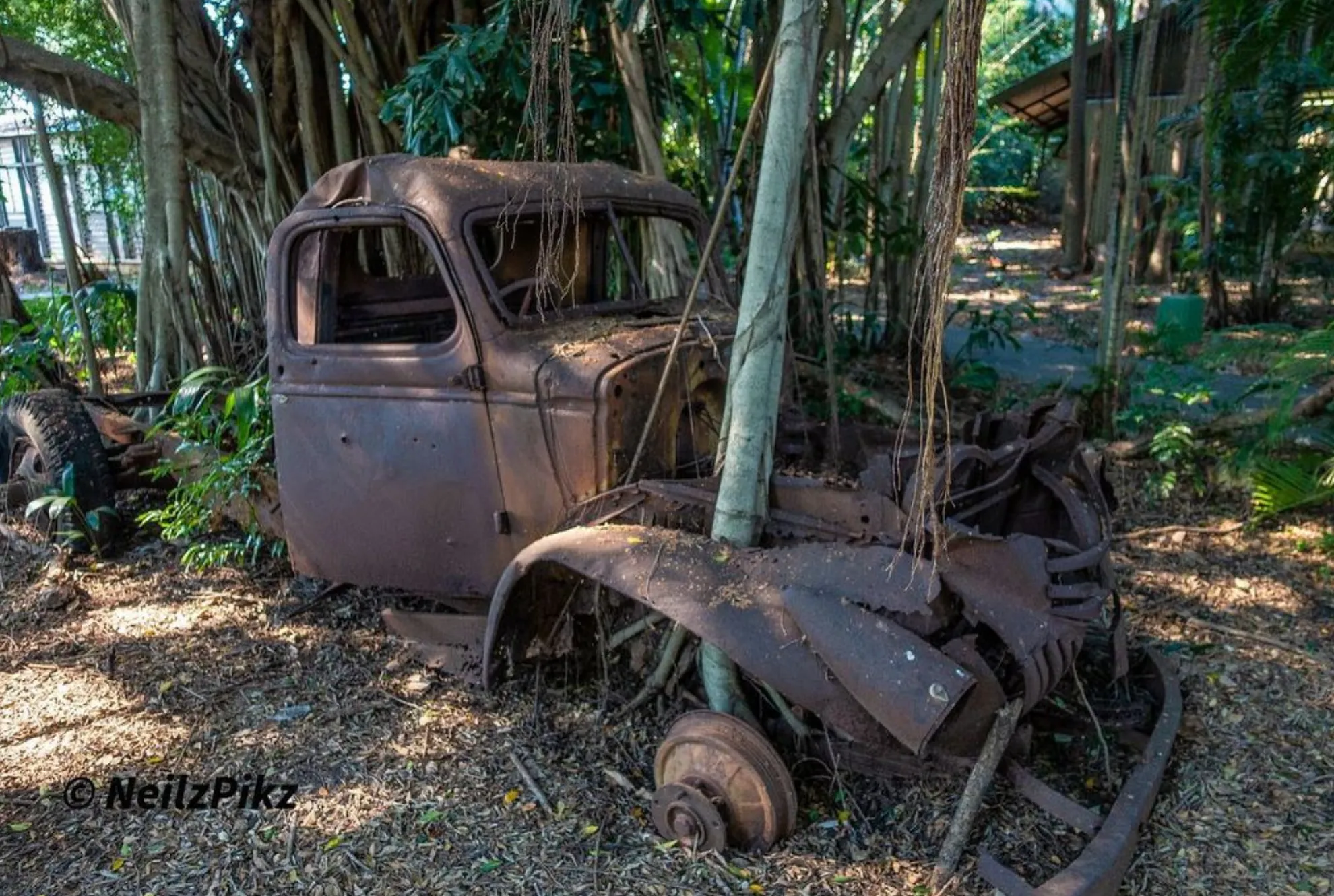
Government House
Government House is one of the oldest buildings in the Darwin CBD, a reminder of the city’s colonial history. Built in 1870 it was the residence of administrators and is still a symbol of government in the Northern Territory. You can admire the Victorian architecture and beautiful gardens in the heart of Darwin city.
WWII Oil Storage Tunnels
Under Darwin Harbour are the WWII Oil Storage Tunnels, built to protect oil supplies from Japanese air raids. These tunnels, now one of a popular tourist Attractions In Darwin, give you an eerie yet fascinating insight into Darwin’s war time struggles. The cool tunnels are a perfect escape from the heat during the dry season and are located near Stokes Hill Wharf in the Darwin Waterfront area.
Darwin Aviation Museum
The Darwin Aviation Museum is located just out of the city centre and has an impressive collection of aircraft including a B-52 bomber. The museum explains the role of Darwin in military aviation, showing planes that flew in and out of Darwin International Airport during various conflicts. A great experience for history and aviation buffs.
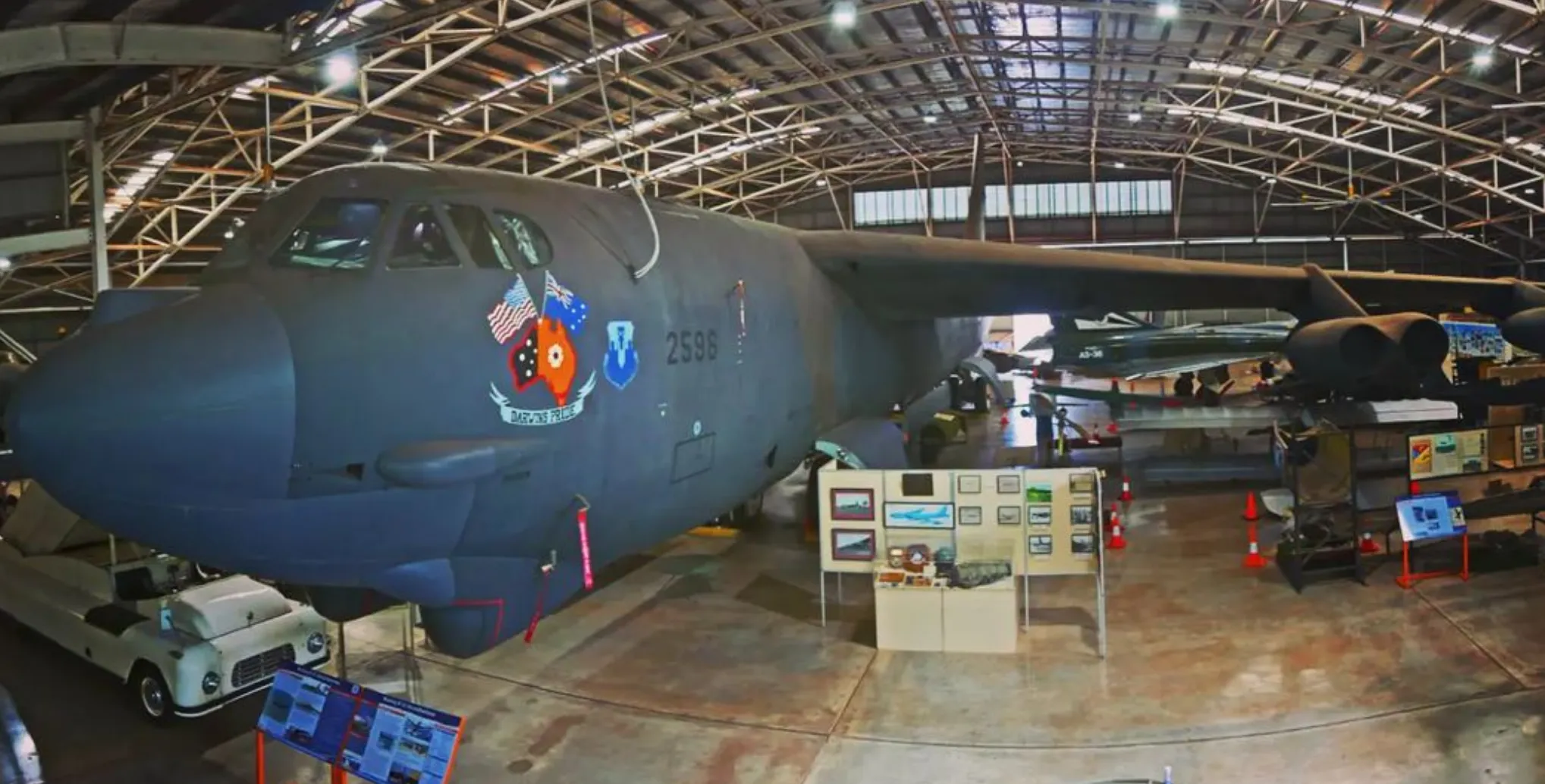
Christ Church Cathedral
One of the city’s most iconic spiritual sites, Christ Church Cathedral tells a story of survival. Built in the early 20th century it was destroyed by the Japanese air raids and later by Cyclone Tracy. Today its modern structure incorporates parts of the original church, a beautiful blend of old and new.
Fannie Bay Gaol
The Fannie Bay Gaol is part of Darwin’s social history. This former prison was operational from 1883 to 1979 and housed notorious criminals and political prisoners. Now a museum you can explore the cells and learn about the prison’s darker history, great for those interested in colonial justice and punishment.
Cyclone Tracy Memorial
The Cyclone Tracy Memorial is located at the Museum and Art Gallery of the Northern Territory and commemorates the 1974 cyclone that destroyed Darwin city. The exhibit has audio recordings of the cyclone, photos and stories of survival, a sobering reminder of the city’s vulnerability to natural disasters.
Bicentennial Park
Along the Darwin Harbour, Bicentennial Park is a quiet place to wander. With war memorials from World War II it’s also a popular spot for events and get togethers. With views of the Darwin Waterfront it’s the perfect place to reflect on the city’s past while taking in the natural beauty of the area.
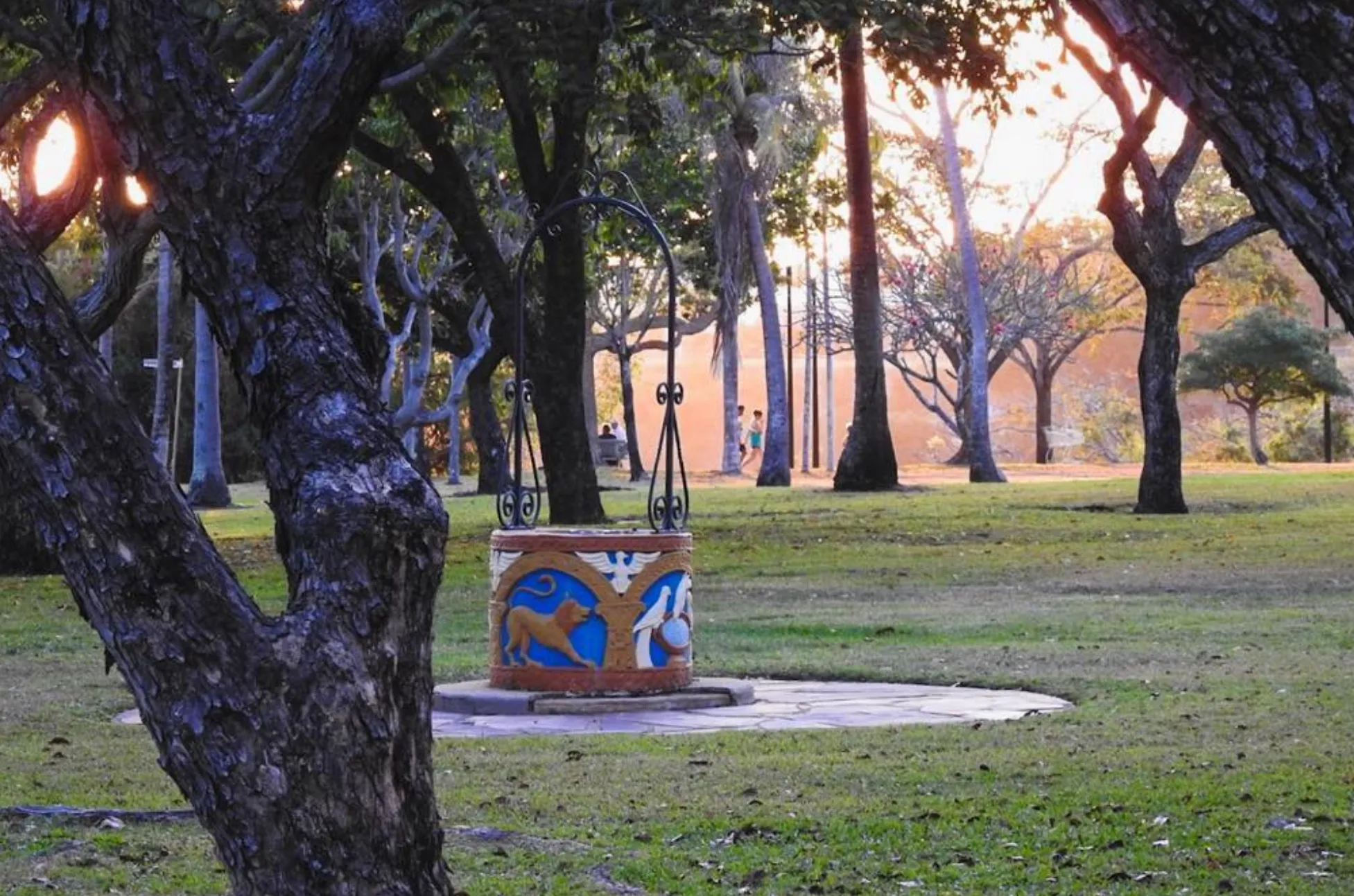
Old Town Hall Ruins
The Old Town Hall was the civic hub of Darwin CBD until Cyclone Tracy destroyed it. The ruins are preserved as a heritage site and are a powerful reminder of the city’s rebuild after the disaster. If you’re interested in Darwin’s architectural history this is a must see destination.
Lyons Cottage
Lyons Cottage, a historic stone house built in 1925 was once the home of British telegraph operators. Located near Stokes Hill Wharf it’s now a museum that tells the story of Darwin’s colonial era and its connection to global telegraph communications. Lyons Cottage is an early 20th century architectural gem and a significant part of Darwin’s history.
Coomalie Cultural Centre
Just out of Darwin the Coomalie Cultural Centre showcases Aboriginal culture through art, traditions and history. You can learn more about the Aboriginal people of the Darwin Region NT and purchase authentic Indigenous art and support local communities.
Darwin City Street Art
The streets of Darwin city are filled with murals, a reflection of the city’s many cultures. From Aboriginal people to Darwin’s social history the street art is a colourful representation of the city’s diverse heritage. Exploring the art filled streets is a great way to experience Darwin’s cultural heritage.
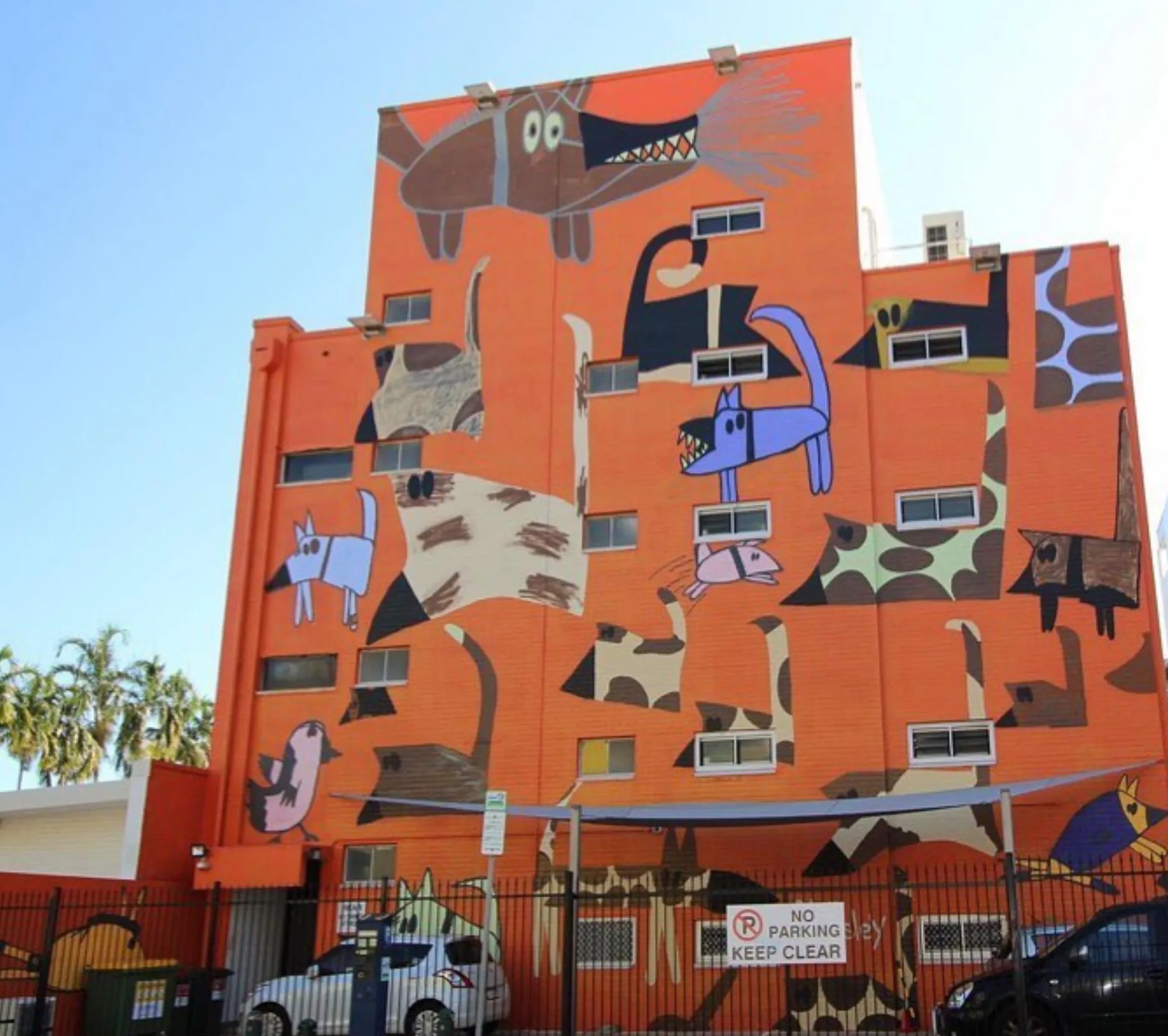
Chung Wah Society
The Chung Wah Society is the main institution representing Darwin’s Chinese-Australian community. Established in 1946 it tells the story of Chinese immigration to Darwin. You can attend festivals, learn about Chinese culture and see the importance of this society in the vibrant Darwin city.
Royal Flying Doctor Service Darwin Tourist Facility
The Royal Flying Doctor Service has been a lifeline for remote communities in the NT since 1928. The Darwin Tourist Facility has interactive exhibits that take you through the history of this essential service and the Bombing of Darwin Experience through virtual reality. You’ll get a great insight into Darwin’s wartime past and the ongoing role of the RFDS in the region.
Conclusion
Darwin’s historic landmarks are more than just historic sites – they’re the story of a city that has survived war, disaster and cultural change. From Aboriginal culture to colonial architecture and military history, Darwin’s landmarks have it all. Visit the Darwin Military Museum or walk through Bicentennial Park and enjoy Australia’s past with modern comforts like the Boatshed Coffee House – great food and service.
FAQ
When is the best time to visit Darwin’s historic landmarks?
The best time to visit Darwin’s historic sites is during the dry season (May to October) when the weather is cooler and more suitable for outdoor activities. The wet season (November to April) can be hot and humid but many indoor attractions like museums are open.
How do I get to the WWII Oil Storage Tunnels?
The WWII Oil Storage Tunnels are near Stokes Hill Wharf in the Darwin Waterfront area. They are walking distance from the city centre or by public transport. Guided Tours From Darwin available.
Are there entry fees for Darwin’s landmarks?
Many of Darwin’s landmarks are free to visit – Bicentennial Park and Darwin City Street Art for example. Some attractions like the Darwin Military Museum and Royal Flying Doctor Service may have a small entry fee. Check ahead Autopia Tours, Wildlifetours or Wayoutback Tour for event times and prices.
Where can I learn about Aboriginal culture in Darwin?
You can learn about Aboriginal culture at places like the Coomalie Cultural Centre which has exhibits on Aboriginal people and their history in the area. The Darwin Botanic Gardens and Charles Darwin National Park also have Indigenous heritage.
How do I get around Darwin’s landmarks?
Darwin’s historic sites are scattered throughout the CBD and surrounding areas so walking or public transport is the way to go. For those further afield like the Darwin Aviation Museum or Darwin Crocodylus Park, rent a car from the airport.
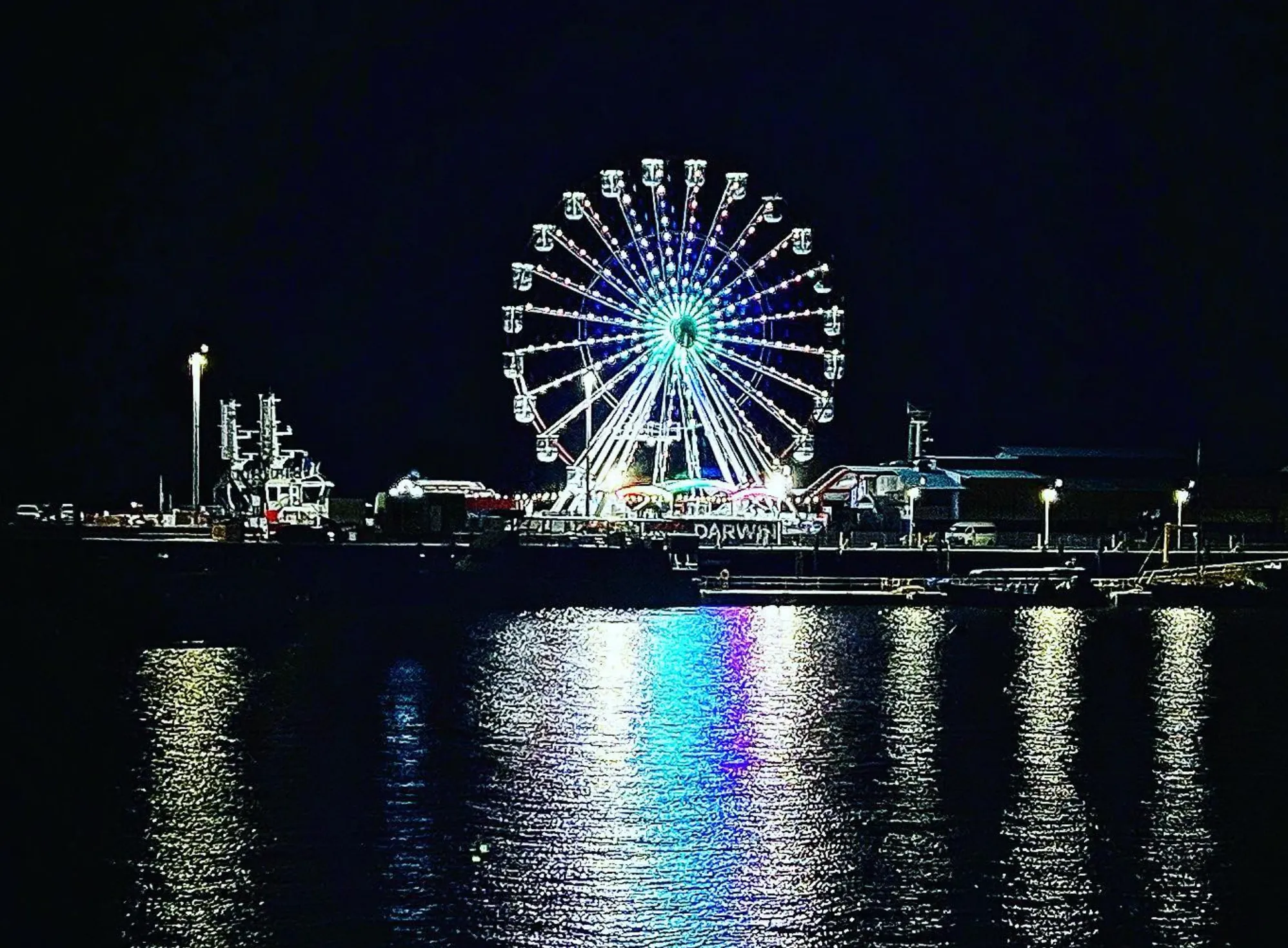
Leave a Reply